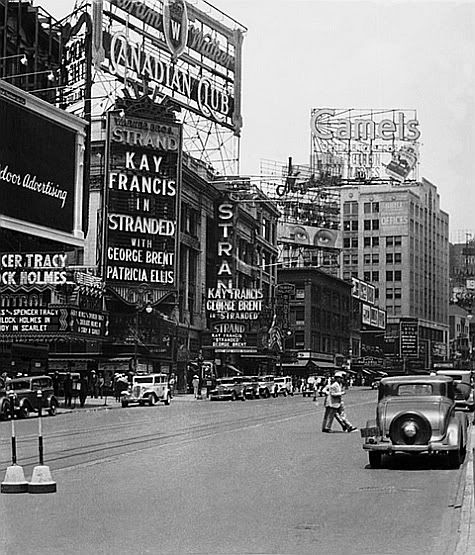The Night at the Opera: Boos vs. Cheers for a New Met ‘Tosca’
By Daniel J. Wakin Richard Termine for The New York Times Audience members arriving at the Metropolitan Opera gala.
Richard Termine for The New York Times Audience members arriving at the Metropolitan Opera gala. Update | 11:30 p.m. The boos poured out loudly and lustily after the Metropolitan Opera’s gala opening night performance of Puccini’s “Tosca” Monday night. The vocal thumbs down was not directed at the voices. Karita Mattila, who sang Tosca, and her tenor co-star, Marcelo Alvarez as Cavaradossi, received healthy ovations. So did James Levine, the Met’s music director and the conductor that night.
But when Luc Bondy, the director, and his team took the stage for final bows, the boos arose. For scorecard keepers, the cheers and applause were louder, and many in the audience seemed to step up pro-Bondy shouting as the boos kept going.
Negative reaction was no surprise, given that Mr. Bondy’s stark production replaced the lavish veteran “Tosca” of Franco Zeffirelli, a favorite of many Met fans. At a dinner afterward, Mr. Bondy seemed unperturbed by the reaction. “If people would be happy after ‘Tosca,’ then I would be upset,” he said.
“Tosca”-philes will be interested in how the title character took her leap to the death in this version. A classic apocryphal tale has the soprano jumping off the walls of Castel Sant’Angelo onto a trampoline instead of a mattress and bouncing up a few times. This time, Ms. Mattila climbs up a stairs, disappears into the top of a tower and is seen in silhouette leaping forward. Stage devices arrest the jump so she is frozen in mid-leap. Quite effective.
Mr. Bondy injected a few risqué elements: the portrait of the Magdalene being painted by Cavaradossi in the Roman church of Sant’Andrea della Valle showed a naked breast, and at the end of the act, the evil Scarpia (George Gagnidze) displays his lecherous credentials by embracing a statue of the Madonna in the church, to the horror of the clerics on stage (the reaction of any clerics in the audience was unknown). Some reports held that Mr. Bondy had Scarpia, shall we say, asserting himself in a more vigorous fashion with the statue during rehearsal. Another lascivious note came in the opening of Act II, when three ladies of dubious virtue entwine themselves around Scarpia, with one appearing to simulate a sexual act while he sings. There’s no aphrodisiac like power. As Tosca points out, “Before him, all Rome trembled.” That comes, of course, after she stabs him to death, thus calming a tremulous Rome.
In the auditorium, the recession was not evident: the jewels and gowns and white ties and tails were abundant as ever. Along with the pop-culture celebrities, classical music honchos were out in force: Alan Gilbert, the New York Philharmonic’s new music director; Clive Gillinson of Carnegie Hall, Ara Guzelimian, dean of the Juilliard School, Joseph V. Melillo of BAM and George R. Steel of the New York City Opera, among others.
Top tickets went for $1,250 because the performance was a gala to open the Met’s season, a reminder that the opera house remains a playground for the wealthy in our society, despite efforts to reach out to all. Those efforts include a campaign by the Met to increase the number of less expensive tickets, those of the $20 variety — but not for this performance. For this one, an extra $500 on top of the $1,250 wins access to a cocktail party beforehand and a dinner afterward. The Met said the performance would sell out.
But other popularizing efforts continued for the fourth year. The Met gave away 3,000 free tickets for a broadcast on a giant screen in Lincoln Center’s plaza, and transmitted the performance live to Times Square. And the performance could be heard live on the Met’s Web site.








No comments:
Post a Comment